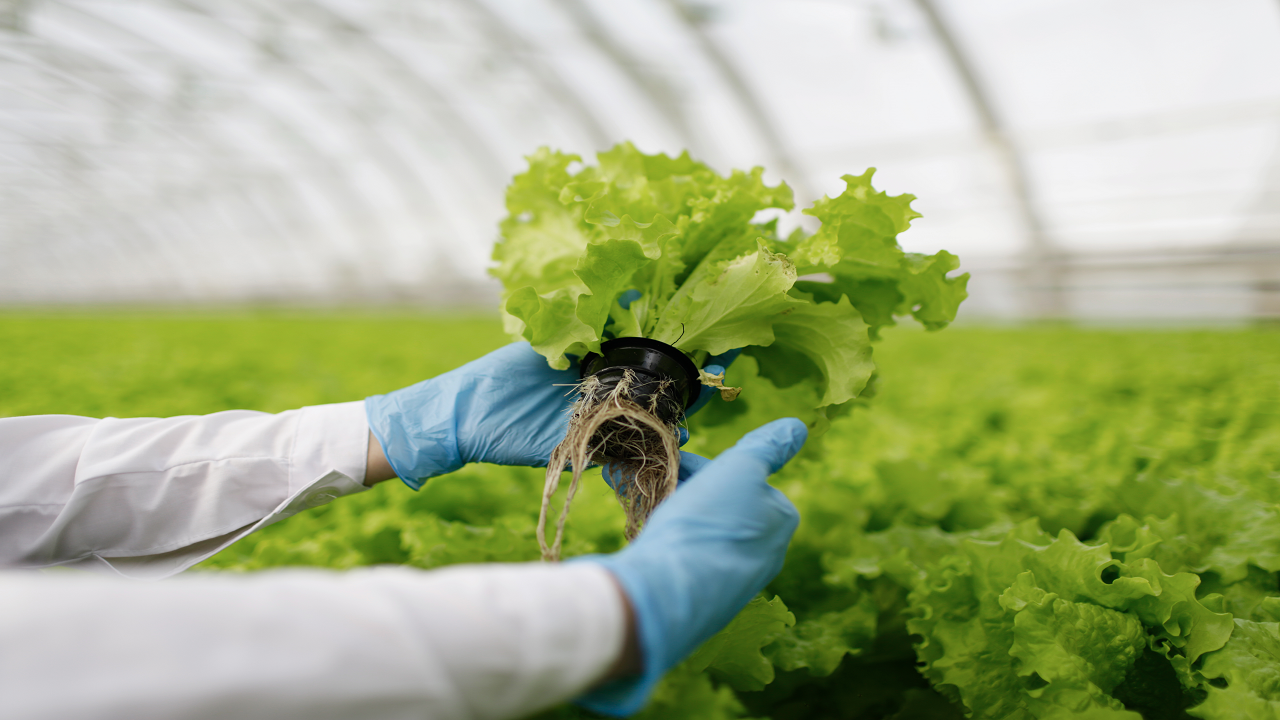
In a nation where the government reports that agriculture and related sectors contributed 18.3% of the GDP in the 2022-23 fiscal year and where the agricultural sector employed 45.5% of the workforce in 2021-22, it is crucial to emphasize the significant impact of climate change on both food security and employment. To address the challenges posed by unpredictable weather patterns and soil conditions, the agriculture sector is experiencing a rise in initiatives that incorporate various technologies.
These technologies aim to mitigate the adverse effects of erratic rainfall and high temperatures while simultaneously increasing agricultural yields significantly. Additionally, these initiatives strive to reduce the use of harmful chemicals. As entrepreneurs embrace various controlled-environment agriculture (CEA) technologies, such as hydroponics, vertical farming, the Nutrient Film Technique (NFT), the Internet of Things (IoT), and specialized greenhouses, investors are becoming more interested and engaged in this sector. It's worth noting that not all investors are completely convinced about the scalability and profitability of CEA ventures, but for some, these ventures align with their criteria for environmentally responsible, socially beneficial, and well-governed investments.
Benefits Of Hydroponic Farming In India
Hydroponic farming in India is flourishing, and a significant catalyst behind its expansion is the advancing technology that reduces expenses and facilitates the expansion of its operations. This method can be applied in regions where traditional soil-based agriculture or gardening is unfeasible, such as arid desert areas or frigid climates.
Hydroponic farming provides complete control over nutrient content, pH levels, and the overall growth environment. It also leads to decreased water usage and lower nutrient expenses because of the recycling of water and nutrients. The increased availability of oxygen to plant roots results in faster growth. This approach eliminates or minimizes issues related to soil-dwelling insects, fungi, and bacteria.
The benefits include substantially higher crop yields, the absence of the need for weeding or traditional cultivation, and the option to elevate certain crops like lettuce and strawberries for planting and maintenance, which improves working conditions and reduces labor costs. Crop rotation is unnecessary in hydroponics, and the risk of transplant shock is also diminished.
The Science Behind Hydroponics
Hydroponic farming is a method where plant roots are placed in either a still nutrient solution with continuous aeration or in a continuous flow or mist of nutrient solution. To support plant growth, a medium like coir, perlite, expanded clay, brick shards, or wood fibre is commonly used. This approach offers several advantages, including maintaining a consistent and extended growing cycle, making management easier, and enhancing efficiency.
Hydroponic systems are typically operated within controlled environments such as greenhouses or indoor spaces, allowing precise control over factors like temperature, humidity, and available light. Hydroponic farming is particularly suitable for regions with specific characteristics:
-
Areas facing water scarcity, as it uses water more efficiently.
-
Rocky terrains where traditional farming is impractical.
-
Locations with poor soil fertility, as hydroponics circumvents the need for fertile soil.
-
Regions with a demand for organic produce, as hydroponic methods can cater to this market.
How Farmers Are Making Lakhs Through Hydroponics Farming In India?
The total cost of a one-time setup of hydroponics is between Rs 18,87,200 to 20,00,000 whereas the total cost incurred per cycle is Rs 80,000. As per the experts, a hydroponic farmer can yield 3200 kg in one-time crop production like a lattice on a 5000-square-foot area. The total value of the produced yield is Rs 7,70,000. Hence, after deducting the cost of production (Rs 80,000) the total profit in a cycle is Rs 6,90,000.
Market Size Of Hydroponic Farming In India
The hydroponic market in India is projected to experience a Compound Annual Growth Rate (CAGR) of 13.53% from 2020 to 2027, which is significantly higher than the global hydroponic industry's estimated growth rate of 6.8%. There is a substantial demand for organic produce in metropolitan and tier 1 cities in India. This demand primarily comes from health-conscious consumers who are willing to pay a premium for fresh, safe, and healthy organically-grown products.
The increasing use of hydroponic technology in agriculture is driven by technological improvements and rising food costs. Government incentives are also encouraging hydroponic farming at both state and national levels. As the setup costs for hydroponic farms decrease, this method is expected to gain even more popularity.
However, transitioning to hydroponic farming can be challenging for traditional farmers, as it demands precise management of factors like temperature, humidity, pests, and nutrients, making it less forgiving compared to traditional soil-based farming. Inexperienced individuals may find it difficult to manage effectively.
















